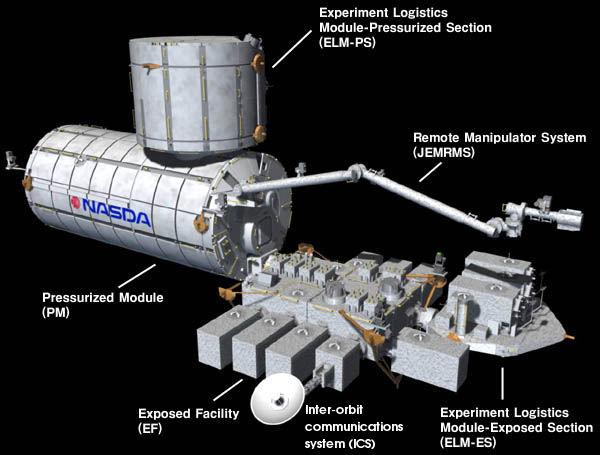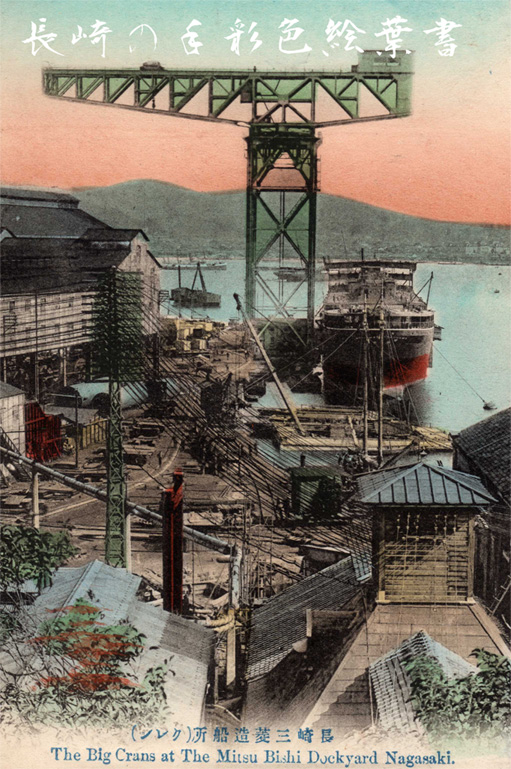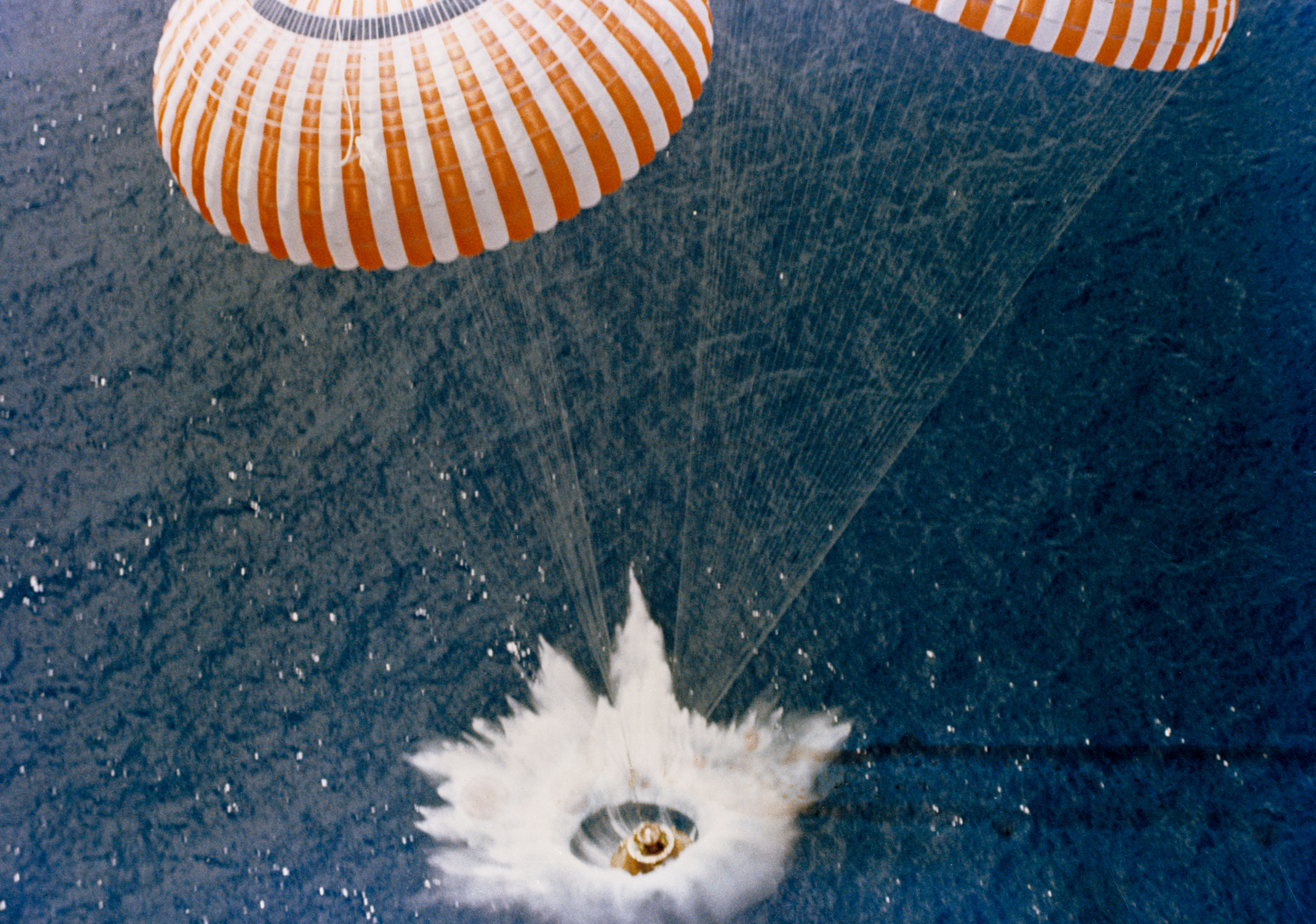|
Hyflex
HYFLEX (Hypersonic Flight Experiment) was a National Space Development Agency of Japan reentry demonstrator prototype which was launched in 1996 on the only flight of the J-I launcher. It was a successor of OREX and was a precursor for the Japanese space shuttle HOPE-X. HYFLEX tested the carbon-carbon heat shielding tiles that were intended to be used on HOPE, as well as having the same body shaping in order to gather data on hypersonic lifting. HYFLEX flew in space at altitude and succeeded in re-entry, but sank in the Pacific after splashdown before it could be recovered. Overview HYFLEX was an uncrewed lifting body space plane for gaining technological prowess in the design, production, and flight of hypersonic crafts, as well as technology validation of atmospheric reentry. The experimental vehicle was covered in carbon–carbon, ceramic tiles, and flexible thermal insulation, which were materials that was to be used for HOPE. Launched on 11 February 1996 (UTC) from ... [...More Info...] [...Related Items...] OR: [Wikipedia] [Google] [Baidu] |
HOPE-X
HOPE (H-II Orbiting Plane) was a Japanese experimental spaceplane project designed by a partnership between NASDA and NAL (both now part of JAXA), started in the 1980s. It was positioned for most of its lifetime as one of the main Japanese contributions to the International Space Station, the other being the Japanese Experiment Module. The project was eventually cancelled in 2003, by which point test flights of a sub-scale testbed had flown successfully. History At the time of the planning phase for HOPE-X, Japanese spaceflight had seen a string of successful advancements in the decade prior, including the development of the N-I and N-II rocket systems and the launch of the first Japanese satellites. Japan was a participant in plans for the Space Shuttle program as well as the proposed Space Station Freedom (later the ISS), and sought development of a vehicle to support its cooperation with the United States in low Earth orbit operations. By 1990, NASDA had established the ... [...More Info...] [...Related Items...] OR: [Wikipedia] [Google] [Baidu] |
Intermediate EXperimental Vehicle
The Intermediate eXperimental Vehicle (IXV) is a European Space Agency (ESA) experimental suborbital re-entry vehicle. It was developed to serve as a prototype lifting body orbital return vehicle to validate the ESA's work in the field of reusable orbital return vehicles. The European Space Agency has a program called Future Launchers Preparatory Programme (FLPP), which made a call for submissions for a reusable spaceplane. One of the submissions was by the Italian Space Agency, that presented their own Programme for Reusable In-orbit Demonstrator in Europe (PRIDE program) which went ahead to develop an initial test vehicle, Pre-X, followed the prototype named Intermediate eXperimental Vehicle (IXV) and the consequential Space Rider that inherits technology from its prototype IXV. [...More Info...] [...Related Items...] OR: [Wikipedia] [Google] [Baidu] |
OREX
OREX (Orbital Re-entry Experiment) was a NASDA re-entry demonstrator prototype which was launched in 1994 on the H-II launcher; the satellite was renamed . It was a precursor for the Japanese space shuttle HOPE Hope is an optimistic state of mind that is based on an expectation of positive outcomes with respect to events and circumstances in one's own life, or the world at large. As a verb, Merriam-Webster defines ''hope'' as "to expect with confid .... OREX tested various communications systems, heating profiles and heat shielding components for HOPE. See also * ALFLEX * HOPE-X * HYFLEX References External links Description of OREX on JAXA web site Satellites of Japan Spacecraft launched in 1994 {{Japan-spacecraft-stub ... [...More Info...] [...Related Items...] OR: [Wikipedia] [Google] [Baidu] |
1996 In Spaceflight
This article outlines notable events occurring in 1996 in spaceflight, including major launches and Extravehicular activity, EVAs. Intelsat 708 launch failure Orbital launches , colspan="8", January , - , colspan="8", February , - , colspan="8", March , - , colspan="8", April , - , colspan="8", May , - , colspan="8", June , - , colspan="8", July , - , colspan="8", August , - , colspan="8", September , - , colspan="8", October , - , colspan="8", November , - , colspan="8", December , - Suborbital launches , colspan=8, January-March , - , colspan=8, April-June , - , colspan=8, July-September , - , colspan=8, October-December , - Deep-space rendezvous EVAs References External links {{Orbital launches in 1996 1996 in spaceflight, ... [...More Info...] [...Related Items...] OR: [Wikipedia] [Google] [Baidu] |
JAXA
The is the Japanese national air and space agency. Through the merger of three previously independent organizations, JAXA was formed on 1 October 2003. JAXA is responsible for research, technology development and launch of satellites into orbit, and is involved in many more advanced missions such as asteroid exploration and possible human exploration of the Moon. Its motto is ''One JAXA'' and its corporate slogan is ''Explore to Realize'' (formerly ''Reaching for the skies, exploring space''). History On 1 October 2003, three organizations were merged to form the new JAXA: Japan's Institute of Space and Astronautical Science (ISAS), the National Aerospace Laboratory of Japan (NAL), and National Space Development Agency of Japan (NASDA). JAXA was formed as an Independent Administrative Institution administered by the Ministry of Education, Culture, Sports, Science and Technology (MEXT) and the Ministry of Internal Affairs and Communications (MIC). Before the mer ... [...More Info...] [...Related Items...] OR: [Wikipedia] [Google] [Baidu] |
Mitsubishi Heavy Industries
is a Japanese Multinational corporation, multinational engineering, electrical equipment and electronics corporation headquartered in Tokyo, Japan. MHI is one of the core companies of the Mitsubishi Group and its automobile division is the predecessor of Mitsubishi Motors. MHI's products include aerospace and Automotive industry, automotive components, Air conditioning, air conditioners, elevators, Forklift, forklift trucks, Hydraulic machinery, hydraulic equipment, Printing, printing machines, missiles, tanks, Electric power system, power systems, ships, aircraft, Rail transport, railway systems, and space launch vehicles. Through its defense-related activities, it is the world's 23rd-largest defense contractor measured by 2011 defense revenues and the largest based in Japan. History In 1857, at the request of the Tokugawa Shogunate, a group of Dutch people, Dutch engineers were invited, including Dutch naval engineer Hendrik Hardes, and began work on the ''Nagasaki Yotetsu ... [...More Info...] [...Related Items...] OR: [Wikipedia] [Google] [Baidu] |
National Space Development Agency Of Japan
The , or NASDA, was a Japanese national space agency established on October 1, 1969 under the National Space Development Agency Law only for peaceful purposes. Based on the Space Development Program enacted by the Minister of Education, Culture, Sports, Science and Technology (MEXT), NASDA was responsible for developing satellites and launch vehicles as well as launching and tracking them. The first launch vehicles of NASDA ( N-I, N-II, and H-I) were partially based on licensed technology from the United States, particularly the Delta rocket family. The H-II was the first liquid fuel rocket to be fully developed in Japan. Hideo Shima, chief engineer of the original Shinkansen "bullet train" project, served as Chief of NASDA from 1969 to 1977. On October 1, 2003, NASDA merged with the Institute of Space and Astronautical Science (ISAS) and the National Aerospace Laboratory of Japan (NAL) into one Independent Administrative Institution: the Japan Aerospace Exploration Agen ... [...More Info...] [...Related Items...] OR: [Wikipedia] [Google] [Baidu] |
Chichijima
is the largest and most populous islands of Japan, island in the Japanese archipelago of Bonin Islands, Bonin or Ogasawara Islands. Chichijima is about north of Iwo Jima. in size, the island is home to about 2,120 people (2021). Connected to the mainland only by a day-long ferry that runs a few times a month, the island is nonetheless organized administratively as the seat of Ogasawara, Tokyo, Ogasawara Village in the coterminous Ogasawara Subprefecture of the Tokyo Metropolitan Government. Together with the Volcano Islands, Volcano and Izu Islands, it makes up Japan's Nanpō Islands. Some Micronesians, Micronesian tools and carvings have been found elsewhere in the Bonins, but Chichijima was long uninhabited when it was rediscovered. Ignored by the Spanish Empire, Spanish, Dutch Empire, Dutch, and Japanese Empires for centuries, it was finally claimed by a passing British Empire, British captain in 1828 and settled by an international group from the Kingdom of Hawaii two ye ... [...More Info...] [...Related Items...] OR: [Wikipedia] [Google] [Baidu] |
Parachute
A parachute is a device designed to slow an object's descent through an atmosphere by creating Drag (physics), drag or aerodynamic Lift (force), lift. It is primarily used to safely support people exiting aircraft at height, but also serves various purposes like slowing cargo, aiding in space capsule recovery, and stabilizing vehicles or objects. Modern parachutes are typically made from durable fabrics like nylon and come in various shapes, such as dome-shaped, rectangular, and inverted domes, depending on their specific function. The concept of the parachute dates back to ancient attempts at flight. In 852 AD, Armen Firman, in Córdoba, Spain, made the first recorded jump with a large cloak to slow his fall. Renaissance figures like Francesco di Giorgio Martini and Leonardo da Vinci later sketched designs resembling modern parachutes, but it wasn’t until the 18th century that the first successful jumps occurred. French Louis-Sébastien Lenormand made the first public jump i ... [...More Info...] [...Related Items...] OR: [Wikipedia] [Google] [Baidu] |
Splashdown
Splashdown is the method of landing a spacecraft or launch vehicle in a body of water, usually by parachute. This has been the primary recovery method of American capsules including NASA’s Mercury, Gemini, Apollo and Orion along with the private SpaceX Dragon. It is also possible for the Boeing Starliner, Russian Soyuz, and the Chinese Shenzhou crewed capsules to land in water in case of contingency. NASA recovered the Space Shuttle solid rocket boosters (SRBs) via splashdown, as is done for Rocket Lab's Electron first stage. As the name suggests, the vehicle parachutes into an ocean or other large body of water. Due to its low density and viscosity, water cushions the spacecraft enough that there is no need for a braking rocket to slow the final descent as is the case with Russian and Chinese crewed space capsules or airbags as is the case with the Starliner. The American practice came in part because American launch sites are on the coastline and launch primaril ... [...More Info...] [...Related Items...] OR: [Wikipedia] [Google] [Baidu] |





